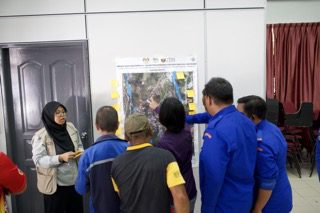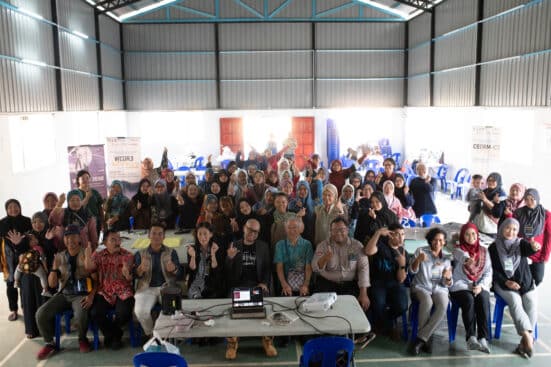The Science and Technology for Disaster Risk Reduction and Resilience (STDR3) Week 2023 occurred from October 3 to October 6 in Kundasang, Sabah. It was held in conjunction with the National Preparedness Month (BKN) and the UNDRR International Day for Disaster Risk Reduction (DRR) 2023 celebration. The National Disaster Management Agency (NADMA) of Malaysia, Disaster Preparedness and Prevention Center (DPPC), Malaysia-Japan International Institute of Technology (MJIIT), Universiti Teknologi Malaysia (UTM) Kuala Lumpur, Sabah State Disaster Management Committee, Malaysian Civil Defence Force (APM), Department of Mineral and Geoscience (JMG), UNICEF Malaysia, Southeast Asia Disaster Prevention Research Institute (SEADPRI), and Universiti hosted the STDR3 Week 2023. The strategic partnerships and combined efforts underscored the importance of multi-sectoral collaboration in mitigating the impact of geological hazards. This is the third time that DPPC and strategic partners have conducted STDR3 this week. The previous event was held in 2019 and 2020, respectively.
The Honourable Datuk Armizan bin Mohd Ali, Minister in the Prime Minister’s Department for Sabah, Sarawak Affairs, and Special Duties, has successfully officiated STDR3 Week. During his speech, he highlighted that this programme aligns with the government’s commitment and is one of the strategic steps implemented by the National Disaster Management Agency (NADMA) to reduce the negative impact of climate change. The Prime Minister, in his presentation speech of the Kajian Separuh Penggal Rancangan Malaysia Ke-12 (KSP RMKe 12) in the Dewan Rakyat on September 11, 2023, stated that this approach is part of a whole-of-nation effort. Datuk Mohd Hanafiah Bin Mohd Kassim, the Permanent Secretary of the Ministry of Science, Technology, and Innovation (MOSTI) in Sabah, and Mr. Zamakhshari bin Hanipah, the Deputy General Director of the Development and Disaster Preparedness Section at the National Disaster Management Agency (NADMA), Prime Minister’s Department, were present to witness this historic event.
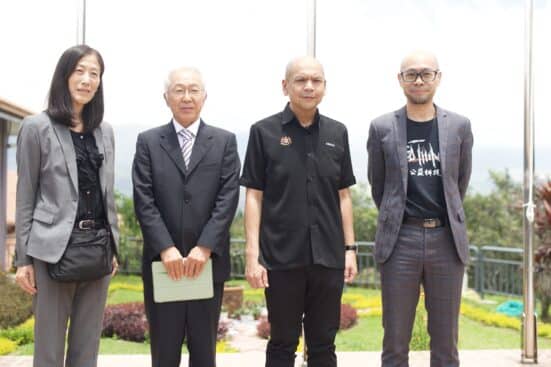

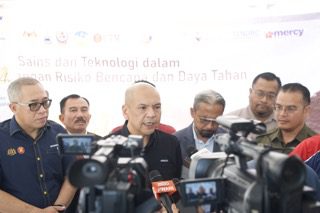
This high-impact programme focused on implementing science and technology in disaster risk reduction (DRR), emphasising stakeholders, local agencies, decision-makers, and vulnerable groups exposed to various hazards and disasters. In addition, different technical methods and learning modules will be discussed to identify geological hazards, take risk reduction measures, and build resilience for vulnerable groups. The STDR3 Week 2023 brought together experts, scientists, government officials, and international organisations to share insights, knowledge, and technological advancements aimed at enhancing disaster preparedness and resilience.
Empowering women and children in Disaster Risk Reduction and Resilience towards equitable resilience
Over the past year, NADMA, DPPC-MJIIT-UTM, and UNICEF collaborated on a project called Women and Child-Centred Disaster Risk Reduction and Resilience (WCDR3). The project aims to empower vulnerable women and children in disaster risk reduction for societal resilience by providing them with knowledge and a platform to voice their concerns and ideas. It also aims to create a more equitable decision-making process as part of building a disaster-resilience community. This project is unique because of its localized module, strengthened by local strategic partners, enabling each community to understand its resilience and risk elements with science-backed evidence from local agencies.


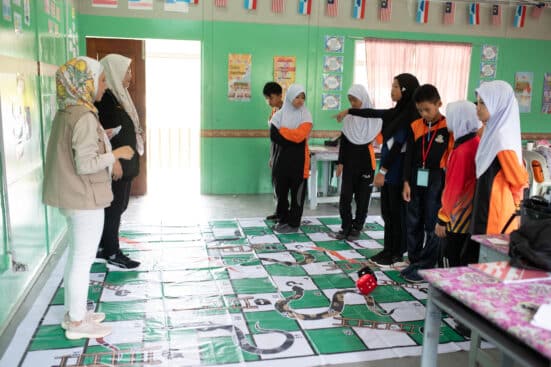
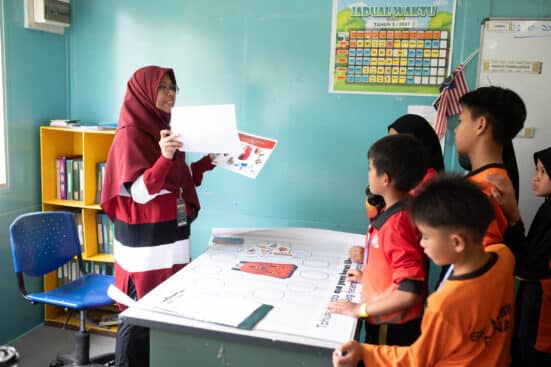

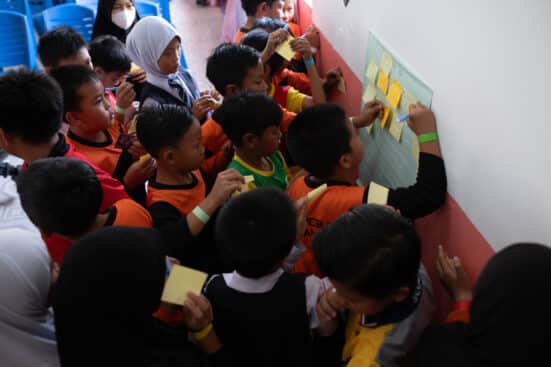
On October 3rd, 2023, the Kundasang module was the fifth programme held under the WCDR3 project. The module has undergone significant improvements to provide easier assimilation of knowledge for women and children. A total of 81 students from SK Mesilou participated in the programme, which Dr. Kogila Vani and P. Annammala moderated.
Eight station games were designed to allow all the students from Standards 4, 5, and 6 to participate in the activities. The principles of play-to-learn were applied, and common games such as Snake and Ladder, Telefon Karat, and Bingo were incorporated with disaster risk reduction elements. This made it educational and fun, providing students with exposure to and basic knowledge about disasters and actions to take when an emergency occurs. Visual cue cards, interesting imagery, and audio played a significant role in game design.
On the same day, 37 women from the local community in Kg. Mesilau participated in activities that were held at Mesilau Hall. The Sabahan women were very enthusiastic about an active focus group discussion conducted to understand the community’s local disasters, risks, and challenges from a woman’s perspective. Dr. Sumiaty Ambran, also a Sabahan, provided a brief knowledge-sharing session on the importance of the role of women in disaster management, disaster risk reduction, and resilience.
Knowledge Empowerment and Disaster Risk Reduction Workshop held on October 4, 2023
The Knowledge Empowerment and Disaster Risk Reduction Workshop held in schools continued the capacity-building activities for Disaster Risk Reduction (DRR) through the experience of Phases 1 and 2 last year by SEADPRI-UKM. This phase of the programme is focused on primary students. The aim is to explore the opportunities and capacities of the students to change the societal stigma and stakeholder beliefs about children being only passive victims when disaster strikes. The workshop aims to provide students with knowledge about DRR basics and how to handle emergencies, in addition to improving the system and delivery of information in national disaster management, thereby increasing their capacity. When provided with the knowledge and skills to explore future resilient community opportunities, children can become a positive catalyst towards building a resilient community.
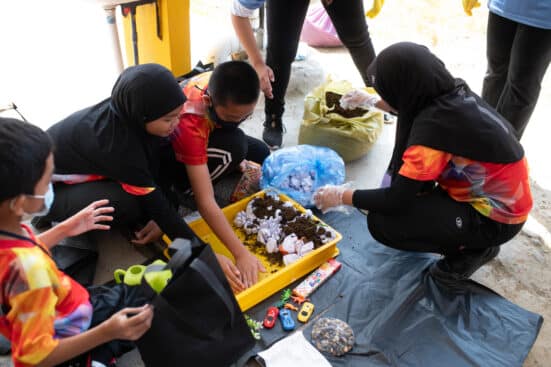
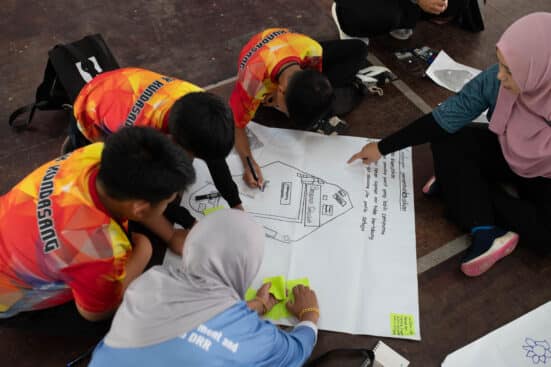

Test Run ICT Tools and Applications for Community-Based Disaster Risk Management, held on October 5, 2023 for Mesilau and Dumpiring Communities
On the third day of the STDR3 week, a pioneer project will collaborate with the Asian Disaster Reduction Centre (ADRC) under the ASEAN-Japan Work Plan on Disaster Management for the Asia-Pacific project through the ASEAN Committee on Disaster Management in Malaysia. The main goal of this project is to enhance the capacity of community DRM (disaster risk management) and reduce human losses through non-structural measures such as emergency response and rapid recovery preparedness. This project aims to increase public awareness and develop community capacity. Comprehensive hazard and risk maps with evacuation information are crucial for the public to take appropriate and timely actions in disaster situations.

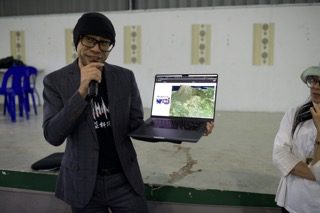
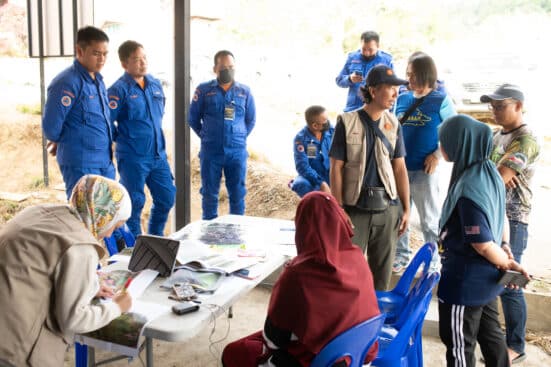
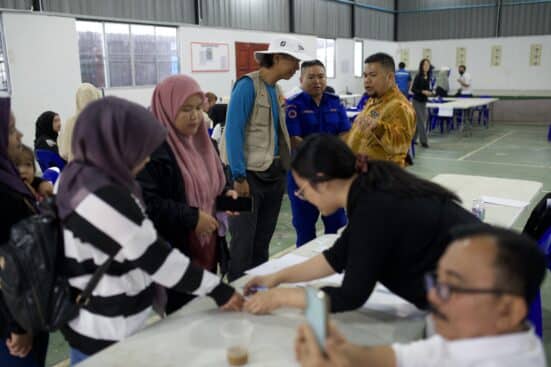
During the STDR3 Week, participants engaged in informative sessions, interactive workshops with children and women, focus group discussions with experts from agencies, and test runs using ICT tools for earthquake scenarios in Kundasang, Sabah. These hands-on activities allowed attendees to gain practical experience and a deeper understanding of the issues related to disaster risk reduction and resilience.
Climate-induced disasters are already affecting lives and communities. The 2015 earthquake in Sabah caused landslides, resulting in many human and economic losses. Children are often cut off from schooling, nutrition, and healthcare when disasters occur. They may lose access to critical social services and protection and end up in hazardous environments. Children from impoverished families are particularly vulnerable to the impact of disasters and the consequences of climate change.
Given the increasing frequency and severity of disaster events, communities must take immediate action to build resilience. The Science & Technology for Disaster Risk Reduction and Resilience Week aims to empower children, young people, and women with knowledge and tools to contribute to community resilience.
The event ended by urging all stakeholders and communities to implement a comprehensive and holistic approach to disaster risk reduction and resilience. The knowledge and insights gained during STDR3 Week 2023 will undeniably contribute to global efforts to minimise the impact of disasters and construct more resilient communities.
